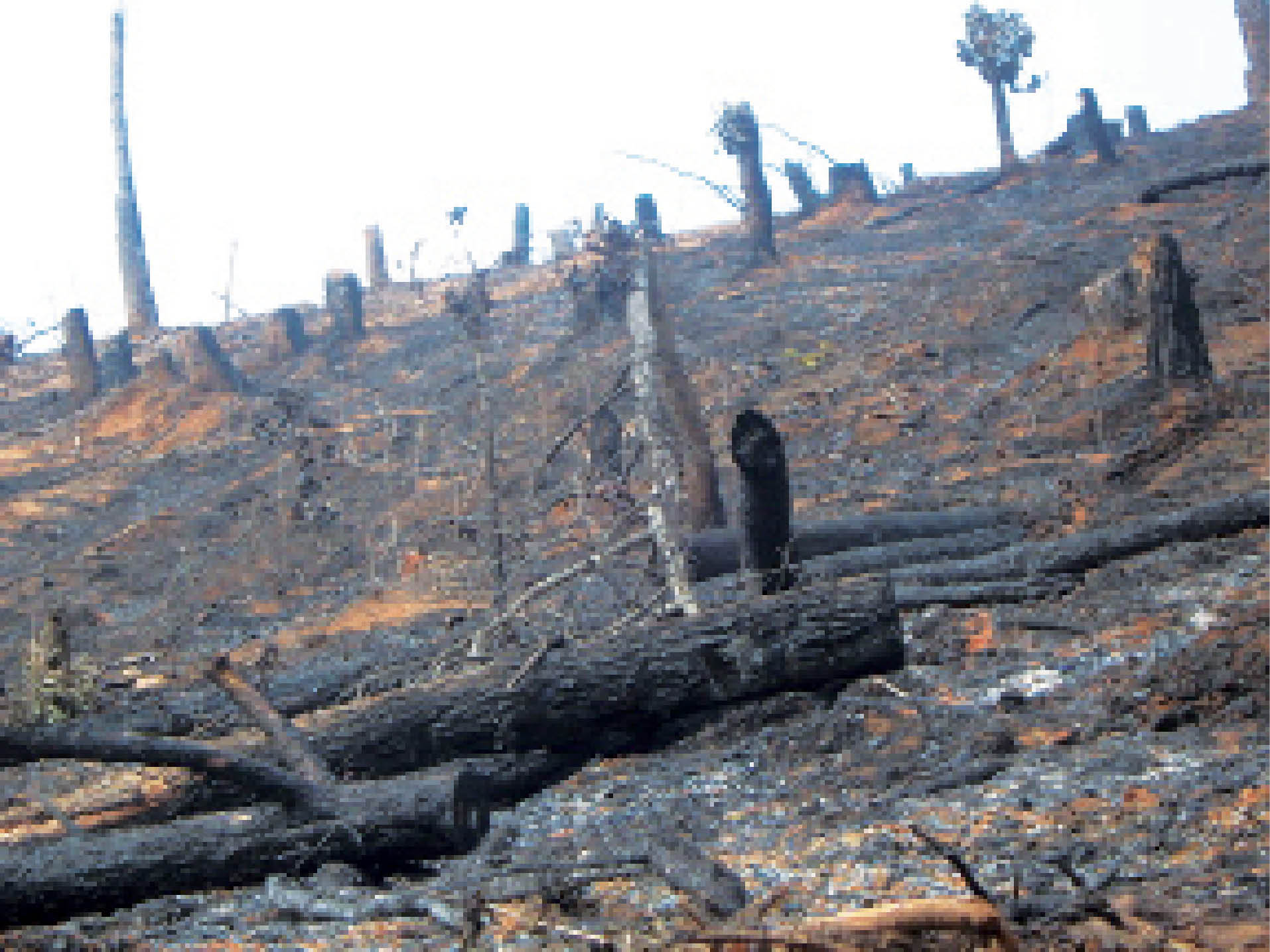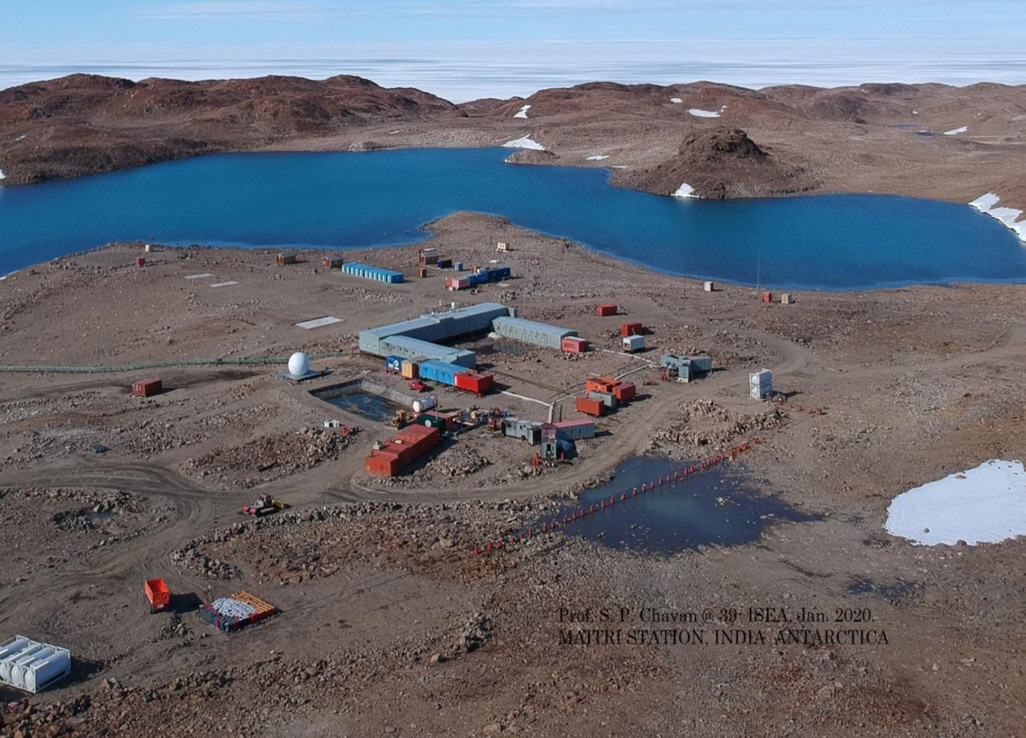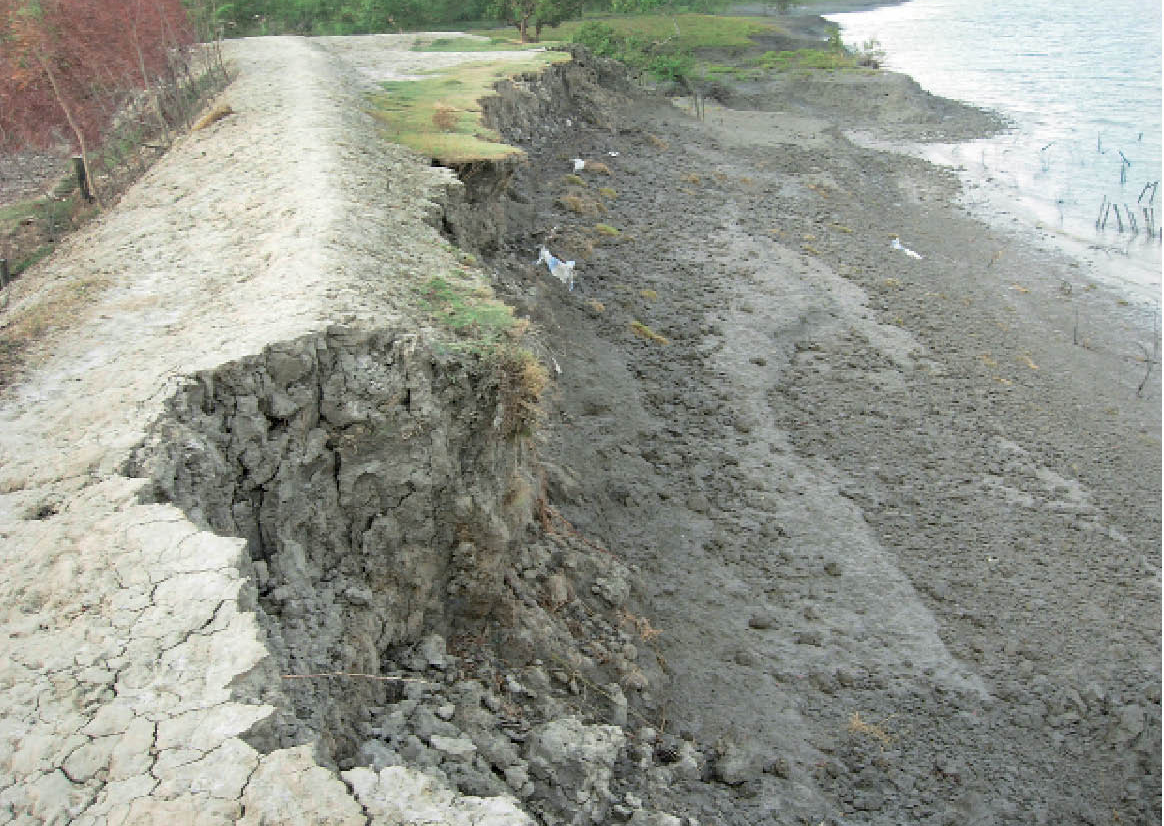Jhum: Shifting Cultivation



India is set to embark on a new chapter in its Polar exploration journey with the construction of Maitri II. The Indian government plans to establish a new research station near the existing Maitri ba...
.png )
The Deep Ocean Mission (DOM), approved by the Government of India in 2021 under the Ministry of Earth Sciences (MoES), represents a strategic step in realizing Sustainable Development Goal 14 (SDG 14:...

China recently announced restrictions on the export of seven rare earth elements (REEs), soon after US President Donald Trump decided to impose tariffs. As the world's dominant supplier—responsible fo...
Focus: West Khasi Hills and Ri-Bhoi Districts, Meghalaya Shifting cultivation or jhum, predominantly practiced in the north-east of India is an agricultural system where a farming community slashes s...
The construction of the embankments and the occurrence of floods in the Sunderban have raised the question of relevance and maintenance of the water front embankments to protect the region.
Focus: West Khasi Hills and Ri-Bhoi Districts, Meghalaya Shifting cultivation or jhum, predominantly practiced in the north-east of India is an agricultural system where a farming community slashes secondary forests on a predetermined location, burns the slash and cultivates the land for a limited number of years. The land is then left fallow and the farming community moves to the next location t...

The construction of the embankments and the occurrence of floods in the Sunderban have raised the question of relevance and maintenance of the water front embankments to protect the region.
